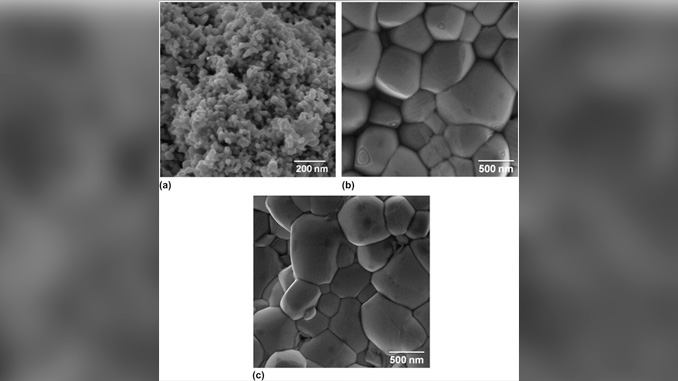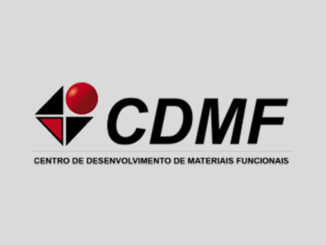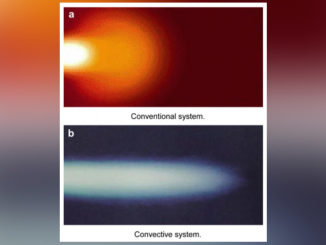
Writers: Emerson R. Camargo, Mayra G. Dancini, Masasto Kakihana
Keywords: ceramic; chemical syntesis; powder processing
Abstract: The oxidant peroxo method (OPM) exhibits several advantage and unique characteristics not found in the traditional methods for the synthesis of lead- and bismuth-based oxides. First of all, it is a clean method based on hydrogen peroxide that matches perfectly with the green chemistry approach. Second, the oxidizing local atmosphere provided by the precursor during its crystallization is unique among all the wet chemical techniques of synthesis, which usually result in reducing environment. Besides these advantages, only a few studies have focused on the use of the OPM to obtain better materials, which makes this field of study an excellent opportunity for the development of materials with higher purity and controlled morphologies



